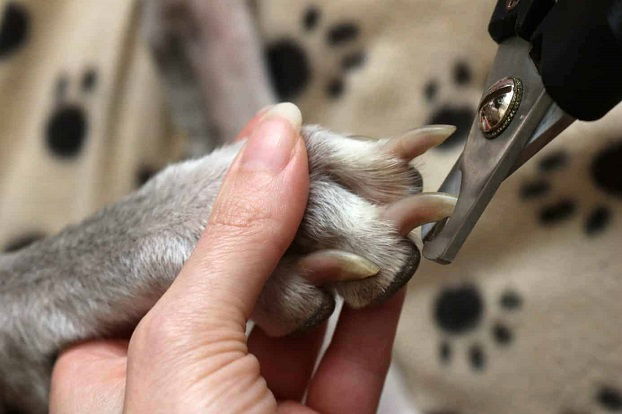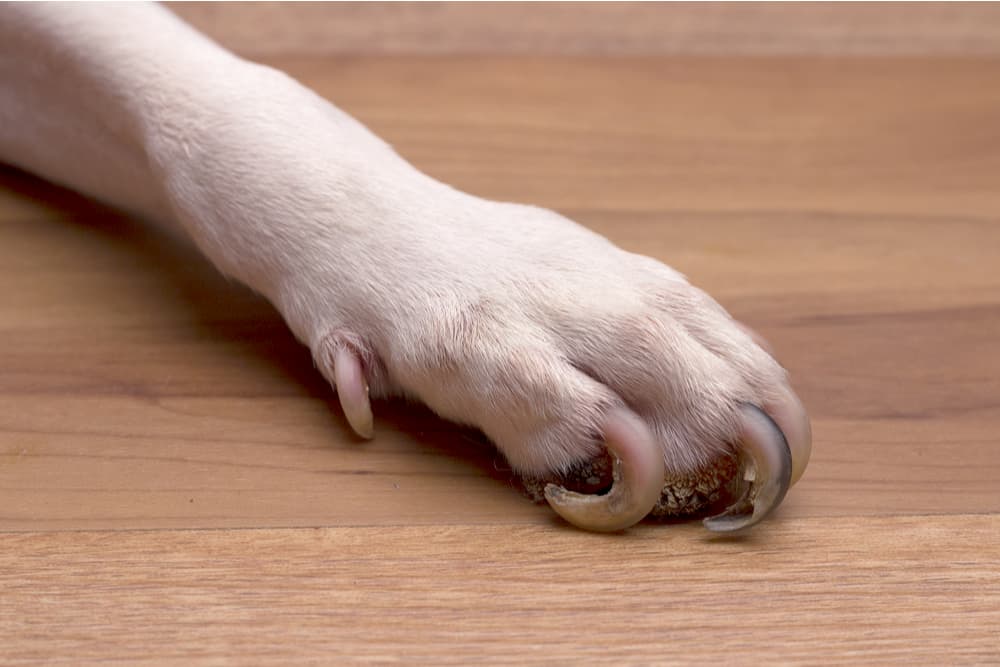I Am A Canine Wellness and Preventive Health Advisor Currently Working Towards My Diploma For Holistic Health for Dogs
And would like to share some information about what I have learned to owners about how they can help their beloved pets the natural way.
When we think about our dogs’ health, many of us focus on food, exercise, and vet check-ups. While these are essential, there’s a growing awareness that our pets, just like us, benefit from a holistic approach to health. Holistic pet care not only the considers physical the physical needs of your dog, but also their emotional well-being, environment, and overall lifestyle.
What Does Holistic Health Mean for Dogs?
Holistic health looks at your dog as a whole being. It goes beyond treating symptoms to explore the root causes of imbalances, aiming to create harmony in body, mind, and spirit. Instead of a “quick fix,” holistic care encourages prevention, balance, and natural support alongside traditional veterinary medicine.
The Key Elements of Holistic Canine Health
1. Nutrition That Nourishes
Food is the foundation of wellness. A diet tailored to your dog’s needs—rich in high-quality proteins, healthy fats, and fresh, natural ingredients—can boost energy, support immunity, and keep their coat shiny. Some owners explore raw or gently cooked diets, while others focus on wholesome kibble with minimal additives. The goal is to provide nutrition that fuels vitality, not just fills the bowl.
2. Exercise & Movement
Dogs thrive on movement—not just for their physical bodies, but also for their mental stimulation. Regular walks, playtime, and activities suited to their breed and age help maintain strong muscles, healthy joints, and a balanced mood.
3. Emotional & Mental Well-being
Our dogs feel stress, loneliness, and boredom too. Holistic care emphasizes enrichment: puzzle toys, training games, social interaction, and plenty of affection. These not only strengthen your bond but also prevent anxiety-driven behaviours.
4. Natural Therapies & Support
Holistic pet care may incorporate therapies such as massage, acupuncture, herbal remedies, or aromatherapy (always dog-safe). These approaches can support relaxation, mobility, and recovery when used responsibly and in consultation with a professional.
5. A Safe, Loving Environment
A calm home environment, free from excessive toxins, chemicals, and stress, is a crucial part of holistic health. Even simple changes - such as reducing the use of harsh cleaning products, ensuring access to clean water, and providing cosy resting spots - can make a significant difference.
Why Holistic Health Matters for Dogs
By looking at the bigger picture, we can support our dogs in living not just longer lives, but happier, more balanced ones. Holistic health is about prevention, building resilience, and nurturing the deep bond we share with our four-legged family members.
Getting Started with Holistic Care for Your Dog
- Observe: Notice your dog’s energy levels, moods, and habits.
- Start small: Introduce one change at a time, like upgrading diet or adding enrichment activities.
- Work with professionals: A holistic vet or pet wellness specialist can guide you safely.
- Stay balanced: Holistic health works best alongside conventional veterinary care—it’s not about replacing, but complementing.
In Short
Holistic health for dogs is about more than treatments—it’s about creating a lifestyle that honours their unique needs, inside and out. When we care for the whole dog, we nurture not just their body, but also their joy, spirit, and companionship that enrich our lives every day.
Consultations & Holistic Food and Supplements Coming to my Salon
I am excited to offer free consultations and introduce a new range of holistic dog food and natural supplements to my salon! Carefully crafted with high-quality, nutrient-rich ingredients, these products are designed to support your dog’s overall health, from digestion and immunity to skin, coat, and joint care. Free from artificial additives and focused on whole-body wellness, they provide the nourishment your furry friend deserves for a happier, healthier life.
Contact me if you would like to find out more Contact - LKH Home Dog Grooming

